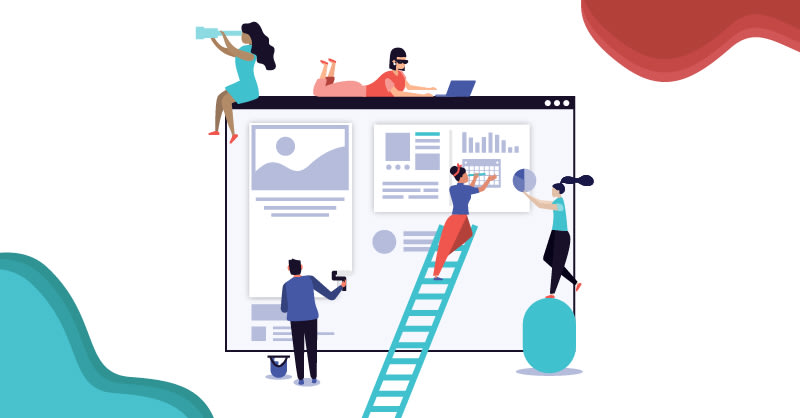Experience design places users and business drivers at the helm of product strategy and development. With experience design, authentic innovation is possible. Without collaboration across design and development, however, misalignment cripples the most well-intentioned experience-design process.
As a developer, how much are you willing to collaborate for the sake of innovation? Proactive developers can help drive authentic innovation by contributing to and learning from the experience-design process.
Here are 5 ways you can partner with design and business stakeholders to produce truly innovative digital products.
1. Allow product vision to define your work.
The best developers lay aside personal vision for the app or other digital product they're working on. They instead work with business stakeholders and designers to understand and adopt product vision that drives user- and-business--centric outcomes.
When vision is driven by technical priorities, you can create technically flashy products that excite other developers--but you won't be able to create innovative products that change the way people live and work.
Developers who adopt big vision can steer their teams away from rabbit trails and help them make decisions that lead to business success.
2. Understand business and user goals.
Successful digital products generate financial return by improving the right user experiences. Work with designers and business stakeholders to understand where business goals and user goals intersect--that's the product purpose.
Ask for a simple explanation of product market fit for the app you're working on. Request access to journey maps, user personas and mental model diagrams to understand who will be using the product and why.
Then, use your technical expertise to deliver on that purpose with the highest functioning code at the lowest cost. You'll make money, your client will make money and your product will change the way the world works.
3. Collaborate on user stories.
Good user stories create alignment around product vision and smooth the transition from design to development. They accurately represent business and user goals in a way that's helpful and clear for developers.
When written in isolation, user stories can lead to confusion and gaps. Make sure designers, developers and business stakeholders are all offering input. In some cases, you'll need to provide coaching on how to write user stories in a way that effectively communicates what developers need to know.
4. Align decision-making parameters with product vision.
Once you understand product vision and how your work will serve to further user and business goals, you'll need a way to keep development in line with project priorities.
At this stage, it helps to create a list of decision-making parameters. These parameters serve as standards or rules that developers can turn to when making decisions about how to move forward with developing a feature.
Should you prioritize readability over speed? Or accessibility over aesthetic? Creating a clear list of project priorities will go a long way to make sure development decisions line up with product vision.
5. Join discussions about product concept.
Learn from designers and business stakeholders and allow them to learn from you by joining product concept discussions.
Not only will you pick up on the purpose and background of a product by participating in early visionary talks, you'll also be able to contribute critical technical input that should shape product direction. Designers and business stakeholders who care about product vision will welcome your advice on technological opportunities and constraints.
Collaborating at this level will lessen confusion later on in a project and smooth the way for faster, more targeted development.
>> Check out the infographic and article series on how developers, designers and businesses work together.








Latest comments (0)